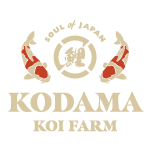Kohaku
It has been said that koi keeping begins and ends with Kohaku. In any variety that contains red patterns, it's evaluated on an examination of its Kohaku pattern. Kohaku, Taisho Sanke, and Showa are the most popular three varieties of koi and are referred to as Gosanke.
How to Judge Kohaku
The white background in any variety is called Shiroji. While we call it the background, you should think of white as a color that is as important as other colors such as red or black, and not just an insignificant background. The Shiroji should always be snow-white. In addition to this Shiroji, Fukurin will bring the beauty of this koi to an even higher level. Furkurin is the koi's skin, and it creates a beautiful net pattern around the scales in some koi when they are mature.
In Kohaku, the Hi (red pattern) must end in the tail section, and that line between Hi and Shiroji is the Odome. The red pattern on the tail section is called the Odome Hi and its appearance can drastically change the value of the koi. In Kohaku, the thicker the Hi, the better. However, an extreme red does not mean the Hi is thicker, and is not preferable. The Hi of koi will become thicker as it grows. The coloration of the Hi depends on how much pigment (carotene) is absorbed from the koi food. Therefor, we must provide food that contains carotene to get beautiful and thick Hi color. It is also desirable to have the Hi-moyo wrap down below the lateral line of the koi, which we call Maki.
The head of a koi is equivalent to the face of a human. Hi on its head is called Toh Hi. Toh Hi is very important because it expresses the character of the koi. Ideally the amount of Toh Hi should balance the Odome Hi. Koi that have this balance appear beautiful even to those who are uneducated about koi, although they do not know why. The eye is also important for koi. The coloration of the eye will really influence how we evaluate the koi.
Origin of Kohaku Koi
The most representative koi variety out of 80+ varieties is the Kohaku that has a red pattern on a white body.
200 years ago, the Koi with red color on the white skin already existed, but they were called “Sarasa 更紗“ at the time. This name was made after the Japanese traditional craft textile “Sarasa”. Sarasa is the traditional textile that various colors are dyed on cotton cloth. After the Sarasa Koi appeared 200 years ago, the quality of Sarasa koi was gradually improved, and she caught many people’s eyes and won a favor. The name “Sarasa” had been remaining for a long time after the exhibition.
Then, after the war, when the country restored peace, Nishikigoi got popular more and more in Japan. Nobody knows why, but the name was spontaneously switched from Sarasa to Kohaku.
Now, Kohaku is one representative variety of Koi fish, and they are loved by people from all over the world. Like dogs and cats, people take the bloodline of Koi very serious, and the name of koi breeder is an important factor as a designer named bag.
We have Kohaku koi available to buy if shown below the search field. If not, please contact us with what you are looking for and we will help find the right koi for you.
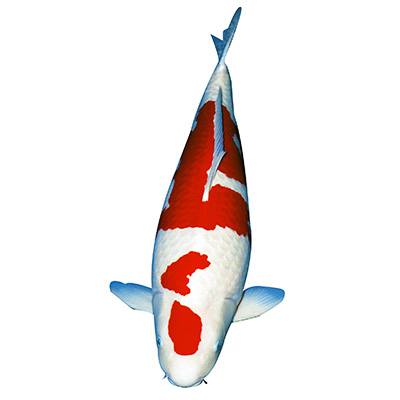
- Sorry, this product cannot be purchased.
Showing 1–16 of 31 results
-
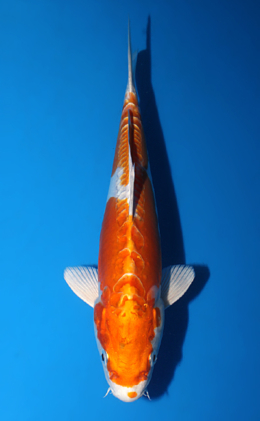
Kikusui – koi #w0327a019
$180.00Add to cartEstimated Value: $300.00Breeder(s): Marusaka Koi FarmSex: MaleBorn in: 2022Size: 10.00 inch / 26 cm -
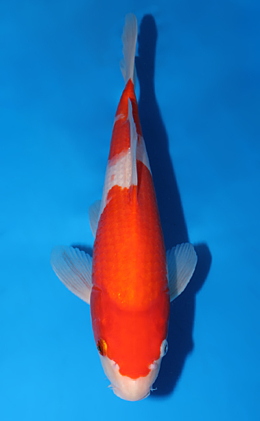
Kohaku – koi #w0325a016-re
Starting bid: $90.00 Time leftBid nowLogin / Register to BidEstimated Value: $300.00Breeder(s): Marudo Koi FarmSex: MaleBorn in: 2022Size: 11.00 inch / 28.5 cmVariety: Kohaku, -
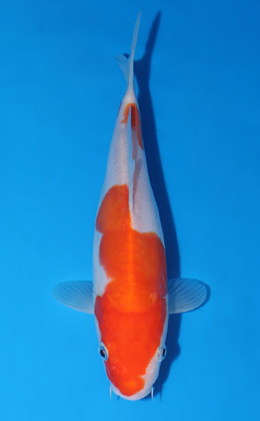
Doitsu Kohaku – koi #w0325a015-re
Starting bid: $80.00 Time leftBid nowLogin / Register to BidEstimated Value: $300.00Breeder(s): Shinoda Koi FarmSex: UnknownBorn in: 2022Size: 8.00 inch / 22 cm -
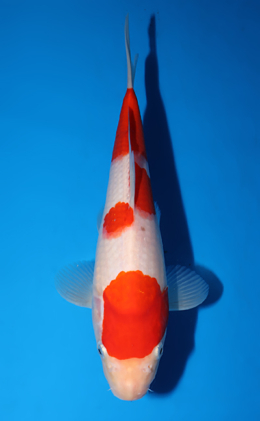
Kohaku – koi #w0215a055
Current bid: $110.00 Time left Highest Bidder: TomB3Bid nowLogin / Register to BidEstimated Value: $400.00Breeder(s): Dainichi Koi FarmSex: MaleBorn in: 2022Size: 10.00 inch / 27 cmVariety: Kohaku, -
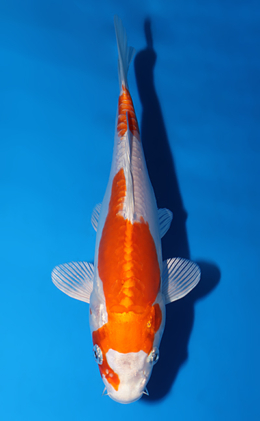
Kikusui – koi #w0215a059
Current bid: $80.00 Time left Highest Bidder: MattinglyBid nowLogin / Register to BidEstimated Value: $300.00Breeder(s): Marusaka Koi FarmSex: UnknownBorn in: 2022Size: 9.00 inch / 23 cm -
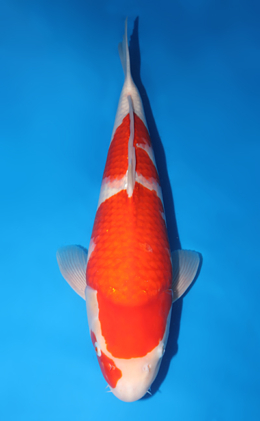
Kohaku – koi #w0311m008
Starting bid: $700.00 Time leftBid nowLogin / Register to BidEstimated Value: $2,500.00Breeder(s): Miyatora Koi FarmSex: MaleBorn in: 2022Size: 19.00 inch / 50 cmVariety: Kohaku, -
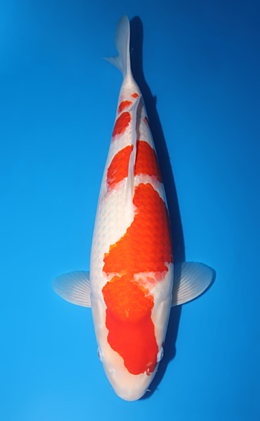
Kohaku – koi #w0313m066
Starting bid: $700.00 Time leftBid nowLogin / Register to BidEstimated Value: $2,500.00Breeder(s): Miyatora Koi FarmSex: FemaleBorn in: 2022Size: 18.00 inch / 46 cmVariety: Kohaku, -
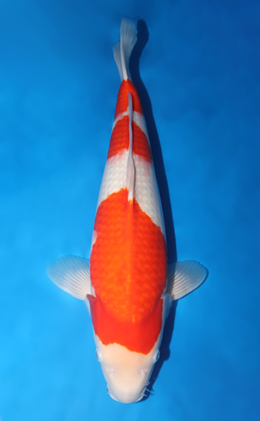
Kohaku – koi #w0311m040
Starting bid: $700.00 Time leftBid nowLogin / Register to BidEstimated Value: $2,000.00Breeder(s): Miyatora Koi FarmSex: MaleBorn in: 2022Size: 18.00 inch / 48 cmVariety: Kohaku, -
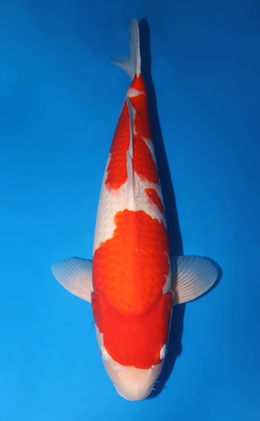
Kohaku – koi #w0313m038
Starting bid: $600.00 Time leftBid nowLogin / Register to BidEstimated Value: $2,000.00Breeder(s): Miyatora Koi FarmSex: MaleBorn in: 2022Size: 18.00 inch / 47.5 cmVariety: Kohaku, -
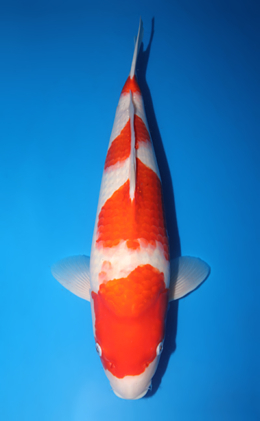
Kohaku – koi #w0313m014
Starting bid: $600.00 Time leftBid nowLogin / Register to BidEstimated Value: $2,000.00Breeder(s): Miyatora Koi FarmSex: MaleBorn in: 2022Size: 17.00 inch / 44.5 cmVariety: Kohaku, -
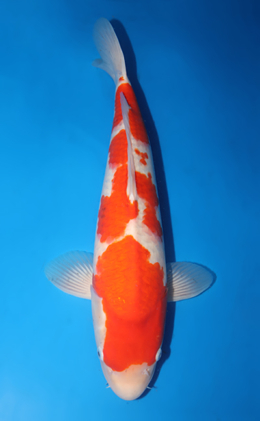
Kohaku – koi #w0311m032
Starting bid: $600.00 Time leftBid nowLogin / Register to BidEstimated Value: $2,000.00Breeder(s): Miyatora Koi FarmSex: MaleBorn in: 2022Size: 17.00 inch / 45 cmVariety: Kohaku, -
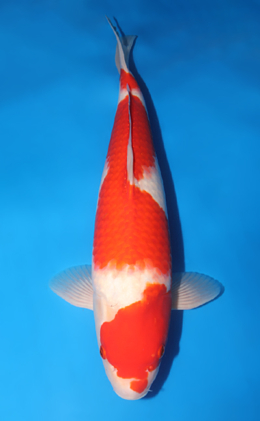
Kohaku – koi #w0313m002
Starting bid: $500.00 Time leftBid nowLogin / Register to BidEstimated Value: $1,800.00Breeder(s): Miyatora Koi FarmSex: MaleBorn in: 2022Size: 16.00 inch / 43.5 cmVariety: Kohaku, -
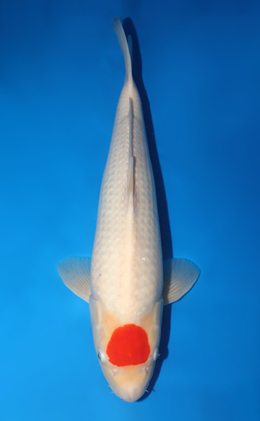
Tancho Kohaku – koi #w0313m029
Current bid: $500.00 Time left Highest Bidder: Matthew JohnsBid nowLogin / Register to BidEstimated Value: $1,800.00Breeder(s): Miyatora Koi FarmSex: MaleBorn in: 2022Size: 17.00 inch / 44 cm -
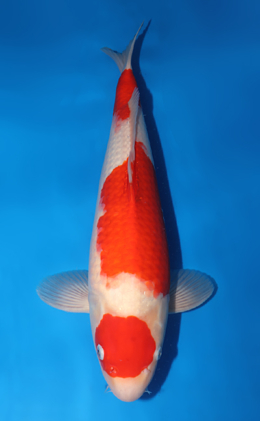
Kohaku – koi #w0311m073
Starting bid: $500.00 Time leftBid nowLogin / Register to BidEstimated Value: $1,800.00Breeder(s): Miyatora Koi FarmSex: MaleBorn in: 2022Size: 17.00 inch / 45.5 cmVariety: Kohaku, -
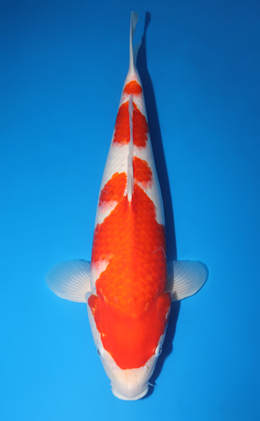
Kohaku – koi #w0313m024
Starting bid: $500.00 Time leftBid nowLogin / Register to BidEstimated Value: $1,800.00Breeder(s): Miyatora Koi FarmSex: FemaleBorn in: 2022Size: 17.00 inch / 44 cmVariety: Kohaku, -
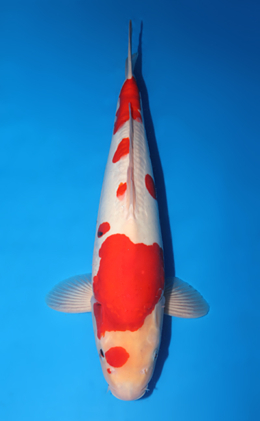
Doitsu Kohaku – koi #w0311m024
Starting bid: $500.00 Time leftBid nowLogin / Register to BidEstimated Value: $1,500.00Breeder(s): Miyatora Koi FarmSex: MaleBorn in: 2022Size: 18.00 inch / 48 cm
Can't find the koi you're looking for? Click here to use our koi request form
Request the Koi of Your Dreams
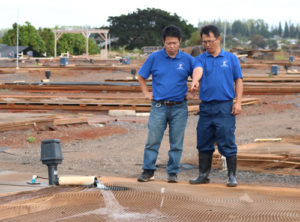
What can we help you find?
Let us know more about what you are searching for and we will look into our inventory to help you find the perfect koi. Tell us a description, variety, size range, and price range you are searching for.
We have a large stock of koi that are not listed on our website and we can also look when we are visiting Niigata, Japan. Complete this form and we will follow up with you directly.
Koi Request Form
